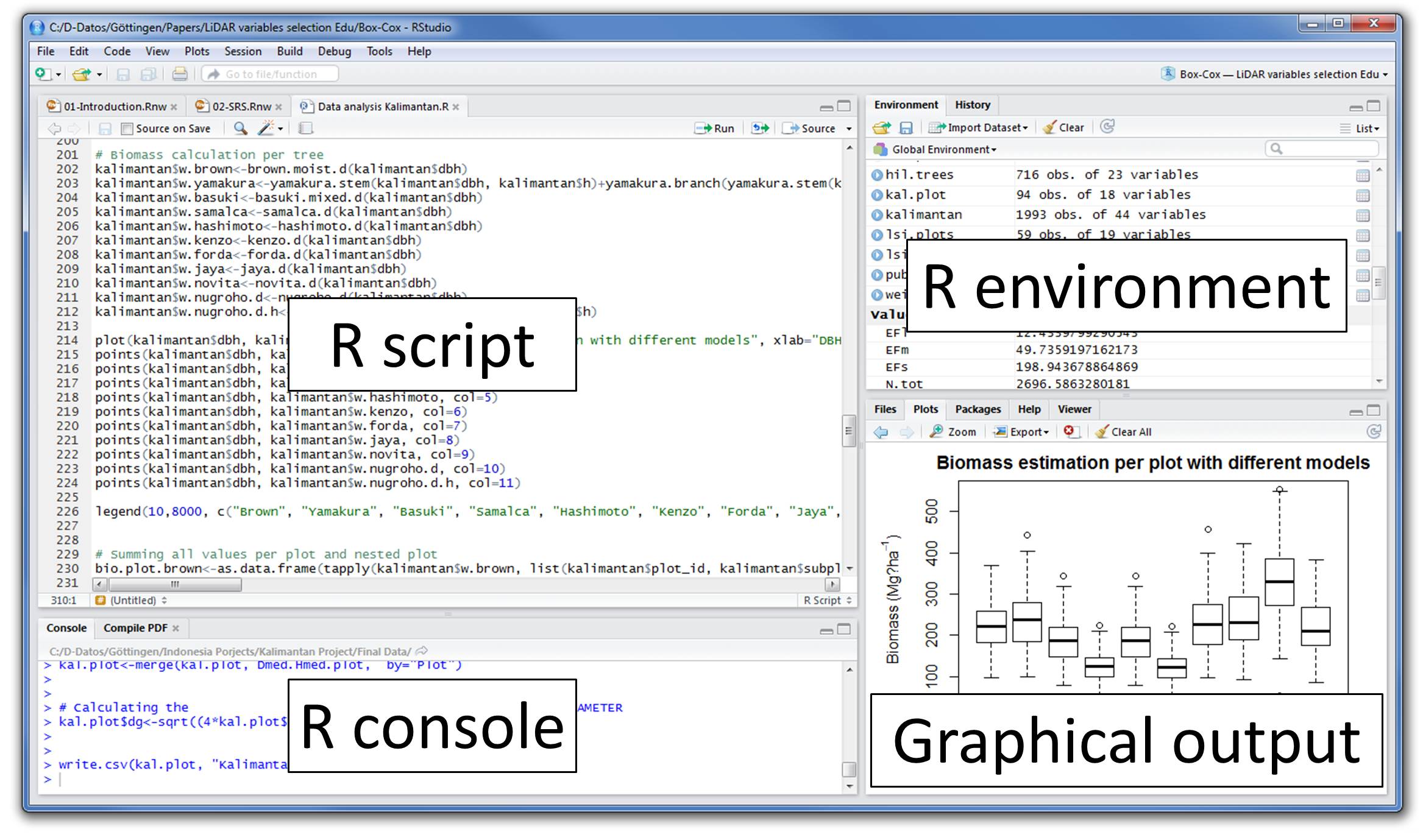
# For each parameter, mcse is Monte Carlo standard error, n_eff is a crude measure of effective sample size, and Rhat is the potential scale reduction factor on split chains (at convergence Rhat=1). # as.factor(class)3 -0.4 0.0 -0.5 -0.4 -0.4 -0.4 -0.3 Simple linear regression is a technique that we can use to understand the relationship between a single explanatory variable and a single response variable. Good luck Thank You For Your Support Thank you for reading this article If you found it helpful, please give me a clap or two :) References. # formula: Survived ~ Age + SexCode + as.factor(class) Having made it through every section of the linear regression model output in R, you are now ready to confidently jump into any regression analysis. TitanicLinear <- stan_glm(Survived ~ Age + SexCode + as.factor(class), This does not restrict (P(Y1vert X1,dots,Xk)) to lie between (0) and (1).We can easily see this in our reproduction of Figure 11.1 of the book: for (P/I ratio geq 1. Titanic $class <- str_extract(Titanic $PClass, "") The linear probability model has a major flaw: it assumes the conditional probability function to be linear. Other third part graphical user interfaces are also available to execute small data to big data such as RStudio, and Jupyter.

It follows by running simple and multiple regression in R including continuous and categorical. The first part will begin with a overview on the theory of the simple regression using R. It follows by running simple and multiple regression in R including continuous and categorical predictors and interpreting regression analysis results. Welcome to the IDRE Introduction to Regression in R Seminar This seminar will introduce some fundamental topics in regression analysis using R in three parts. 274 4 4 silver badges 15 15 bronze badges.
#Regression analysis rstudio how to
The first part will begin with a overview on the theory of the simple regression using R. Can someone please explain how to do the regression in R correctly r regression linear-regression Share.


This step is completed by following the steps below. Adapting Bayes’ Rule to the case of a parameter value, \(\theta\) and observed data y, we have: Step 1: Save the data to a file (excel or CSV file) and read it into R memory for analysis.


 0 kommentar(er)
0 kommentar(er)
